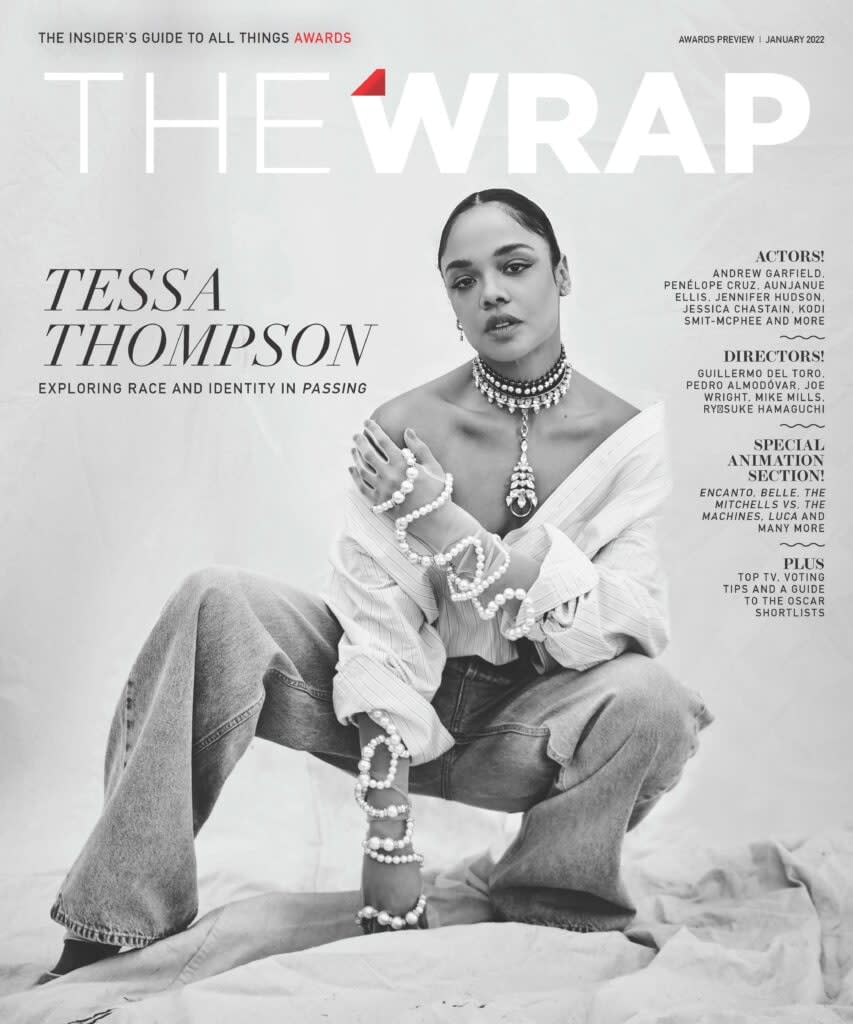‘Sing 2’ Director Garth Jennings on Bono’s Big Moment
A version of this story about “Sing 2” first appeared in the special animation section of Awards Preview issue of TheWrap’s awards magazine.
“Sing 2” didn’t need any more drawing power. After all, it is the sequel to the outlandishly popular 2016 film, which proved that Illumination Entertainment was more than the sum of its minions. And it’s once again written and directed by Garth Jennings, a filmmaker whose long and circuitous route from music-video visionary to animation auteur is enough to make even the most seasoned cinephile curious about a movie starring cute talking animals. But “Sing 2” upped the ante, first in the scope and scale of its musical numbers, but also in terms of casting: Bobby Cannavale, Pharrell Williams and Halsey were all added to the already overstuffed roster.
And most intriguingly, U2’s Bono joins the “Sing” fold as reluctant lion rock star Clay Calloway, who is eased out of retirement (and self-imposed isolation following the death of his wife) by Matthew McConaughey’s Buster Moon and his troupe of musical misfits. He finally emerges on stage to sing U2’s classic “I Still Haven’t Found What I’m Looking For” with porcupine punk rocker Ash (Scarlett Johansson). It is a true lighters-in-the-air moment, full of fist-pumping power and raw emotional reverberation.
“That was obviously the emotional peak of the film. You’ve got to feel everything there,” said Jennings, who has a lengthy history with U2, from submitting footage for potential usage in concert imagery, which he has no idea if they ever used, to pitching a video for “Elevation.” “He has to be pulled on stage by an act of charity on the part of Ash, who had become his friend, and the audience has to sing the song back to him. I find that very moving.”
The staging of the moment was just as important for Jennings as the moment of triumph itself — the way that Clay emerges onto the stage, out of the shadows and into the light. “I just love the language of backstage and seeing how things work,” Jennings said. “How somebody has to take a breath before they go out. How somebody has to walk down a corridor… I find the theatrics of moving in the backstage and getting onto the stage just so cinematic.”
While Jennings admitted that he’s “reluctant to break it down,” fearing that it might sound “too scientific,” he did say there was a fair amount of experimentation. “You’re always on that line of, ‘Is it too much, or too little?’” he said. “We know he’s going to come out. The trick is, how can you make that feel as resonant as possible?”
One of the answers is a brief moment, before he steps out, where he’s greeted by the image of his lost wife. “It felt great to say that she should be the one that says, ‘Go out there,’” Jennings said. “We’ve all experienced those things at some point in life, where you just need to be pushed. I thought that it would be beautiful to see her stand next to him again, and not do it in a showy way. She just steps up next to him, looks at him, looks back. There’s no dialogue, no big camera move.”
And it’s true: In a movie where the camera is constantly whirling, twirling and careening through space, arguably its most powerful moment is also its most still. Clay (and the audience) finally find what they’re looking for.
Read more from the Awards Preview issue here.


 Yahoo Movies
Yahoo Movies 
